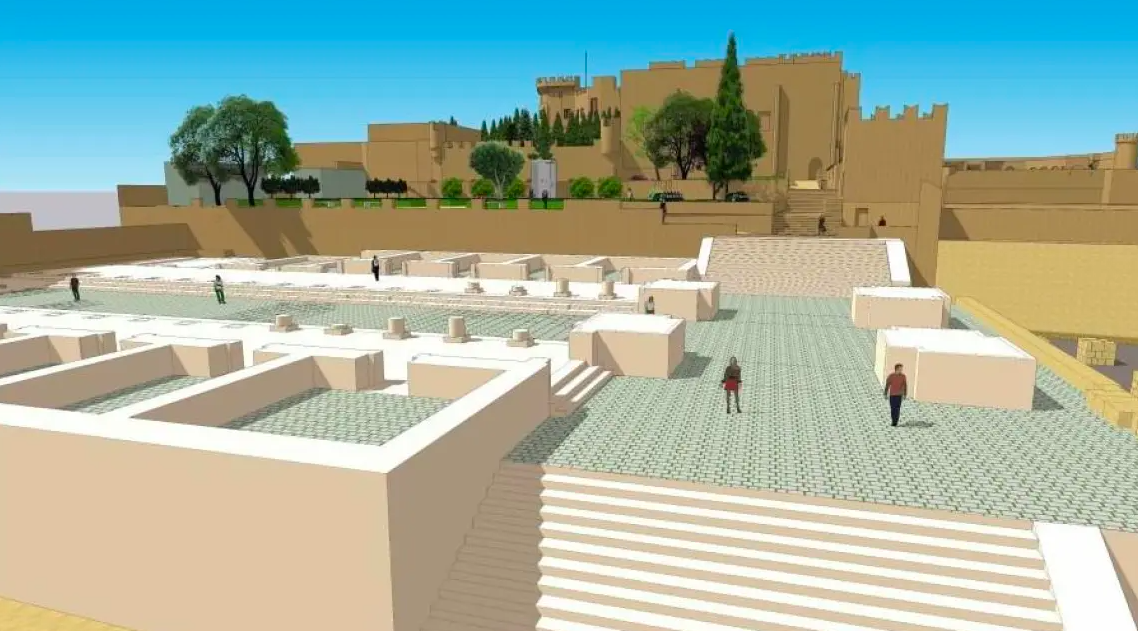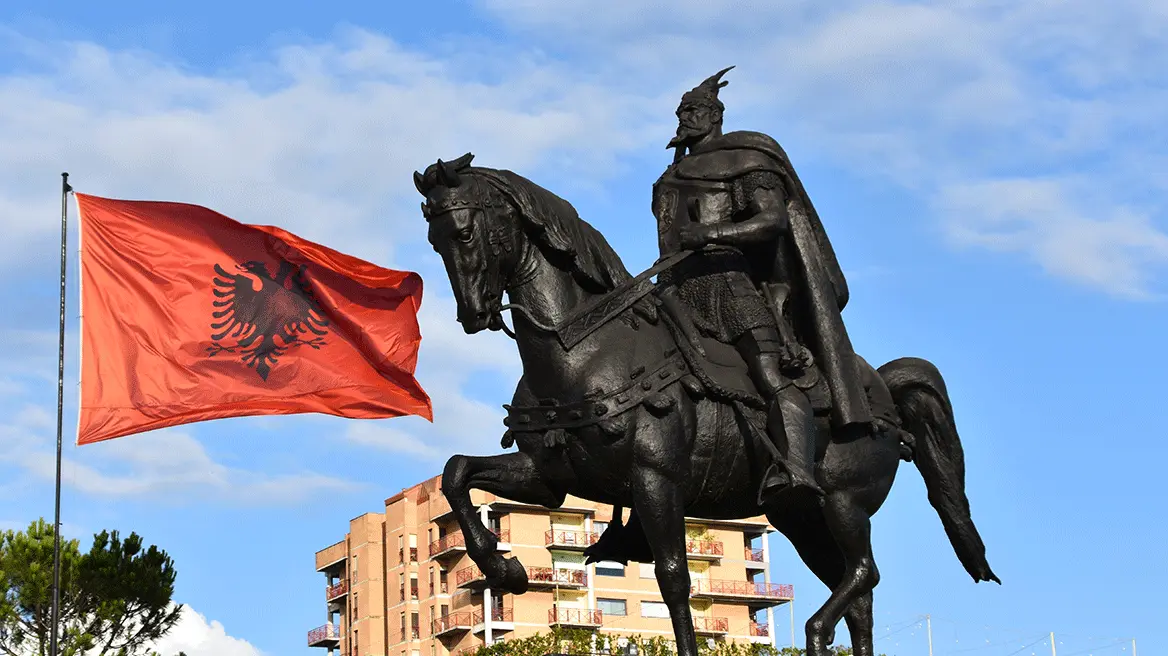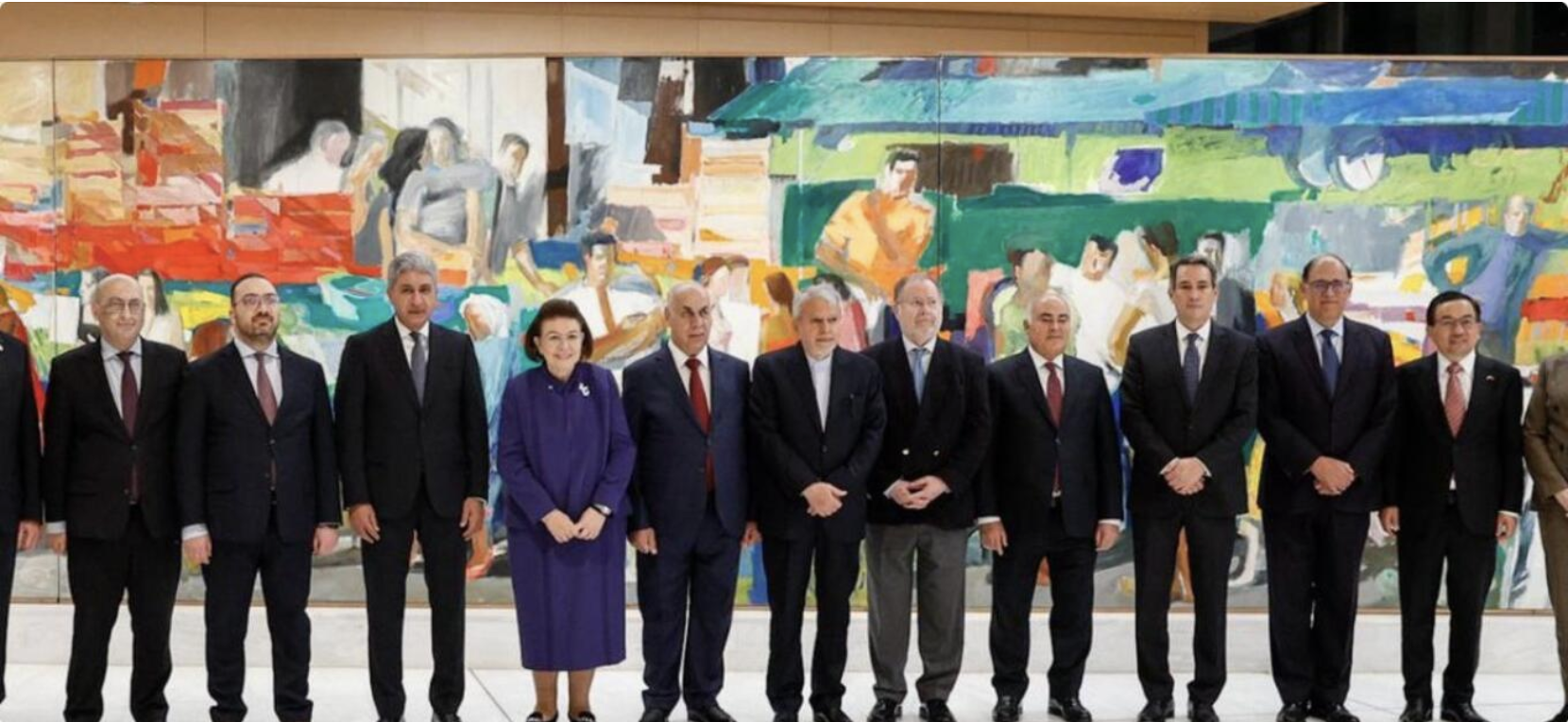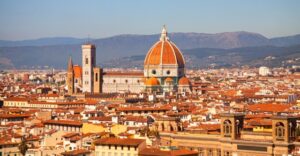An outdoor, accessible sculpture gallery will be established in the “Pervola” area within the Medieval City of Rhodes. As part of a project to highlight the archaeological site of the ancient shipyards and the medieval gardens of the Palace of the Grand Master, the Ministry of Culture is creating a unique walking route. This route will combine archaeological remnants with an exhibition of movable monuments and green zones.
Scattered findings in the upper part of the Medieval City are being organized into collections, linked with the ancient remains of the shipyards and the Governor’s gardens, offering visitors a clear picture of Rhodes’ history and archaeology from ancient times to the present.
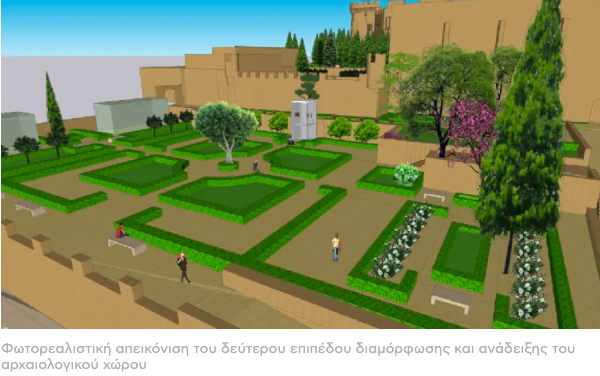
The exhibition will be spread over three terraced levels, covering an area of 18 hectares. It begins at the lower level near the ancient shipyards and ends at the highest level, in the “Governor’s Gardens.” The first level is located within the zone surrounding the under-development archaeological site of the ancient shipyards of the city’s military port (now Mandraki) and the Roman Tetrastoon complex. The second level, without exhibition spaces, stretches over what is now known as the “tennis court,” likely built during the period of British Military Administration (1945-1947). The Governor’s Gardens, which have been inaccessible until now, extend over three smaller levels connected by low steps. These gardens were laid out during the Italian occupation (1936-1940). The project aims to turn this new archaeological site—now the largest green space in the Medieval City—into an attractive place for visitors to appreciate the architectural and natural significance of the monuments and exhibits.
The tour includes 18 thematic sections. The design principles guiding the spatial and museological plan focus on respecting the site, ensuring the safety of the exhibits, providing universal accessibility for all visitors (with special attention to children, people with disabilities, and those with visual impairments), and creating exhibitions that are both educational and entertaining. The exhibits are supported by modern interpretive tools. Around 700 objects from all historical periods are on display, either originating from or related to the archaeological remnants. A special category consists of stone sarcophagi and heraldic emblems from the Italian occupation (1912-1943), as well as bronze statues from the same period, representing armored emperors that once adorned public spaces in the city.
Physical accessibility throughout the archaeological walk is ensured with gentle ramps along the suggested route, two elevators, and a stairlift for areas with significant elevation differences. Sensory accessibility is provided by making specific exhibits tactile and including audio content on the information boards via QR codes. For visitors with hearing impairments, the extensive visual material and the readability of the texts in both printed and digital forms ensure at least a basic level of accessibility.
In addition to highlighting the archaeological site of the ancient shipyards and the Roman Tetrastoon, the gardens of the Palace of the Grand Master will be restored and revived. These gardens, following Renaissance principles, combine rich vegetation, exotic fauna, and sculptures. The exhibition spaces will feature scattered ancient burial monuments and architectural elements from salvage excavations conducted by the Archaeological Ephorate over the past 80 years, both within the city and the countryside of Rhodes.
“The project, with a total budget of 4.5 million euros, is funded by the Ministry of Culture through Recovery Fund resources,” explains Minister of Culture Lina Mendoni. “It showcases and highlights the important, yet previously underappreciated, archaeological site of the ancient shipyards, the Roman Tetrastoon, and the Governor’s Gardens, known as ‘Pervola.’ The project documents the long history of Rhodes, a key point of the ancient city, which was closely linked to the Palace of the Grand Master and remained in use during the Italian occupation period. The new unified archaeological site will serve as a timeless historical landmark within the UNESCO World Heritage Medieval City of Rhodes. The Ministry of Culture, through the competent Archaeological Ephorate of the Dodecanese, ensures that the interventions respect the site’s unique character while aiming to enhance its existing archaeological remains through characteristic exhibits tied to the monuments’ original functions. These, in turn, represent significant periods of the ancient city, from the Hellenistic and Roman eras to the time of the Knights of Rhodes.”
The visitor’s journey will unfold through a series of thematic sections, which act as exhibition islands featuring original exhibits and informational material, serving as stops along the walk. The thematic sections and related exhibits take on the role of narrators, telling small stories with spatial and temporal relevance to their surroundings. Our goal is for this 20-hectare archaeological site—capturing Rhodes’ long history with its significant monuments, fully integrated with modern infrastructure and accessible to people with disabilities—to be delivered to the local community and the island’s visitors.
Ask me anything
Explore related questions
